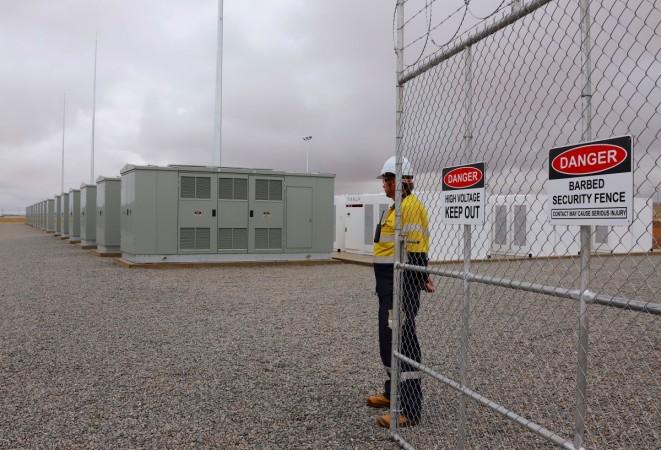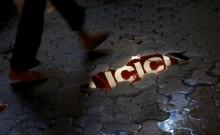Lithium-ion batteries or Li-ion batteries power our smartphones. They are better than regular lead-acid batteries since they have a better charge cycle.
But, can a Li-ion battery power an entire town or towns? Sounds unbelievable, right?
But what if we say it was Elon Musk and his electric carmaker-cum-energy storage company Tesla have made it happen?

Tesla Inc. made history by turning on the world's largest lithium-ion battery in Jamestown, South Australia on Friday December 1, heralding a new revolution on how energy can be produced and stored. The mega-battery was switched on, just in time for the beginning of Australia's summer, meeting a promise made by Elon Musk, Reuters reported.
(Note: Unlike most parts of the world, summer in Australia begins in December).
The Tesla CEO, who is often compared to real-life Tony Stark, had promised that Tesla would build the 100-megawatt hour battery in just 100 days, failing which he would provide it for free.
Tesla beat the deadline by building the mega-battery in just 60 days, though it did get a head start on construction.

The 100MW battery was switched on by South Australia's premier, Jay Weatherill on Friday, December 1 who said that it was "history in the making." However, it had already begun dispatching some power into the state's power grid on the afternoon of November 31 as temperatures rose above 30-degrees.
"South Australia is now leading the world in dispatchable renewable energy, delivered to homes and businesses 24/7," the premier was quoted as saying by the news agency.
The 100-megawatt Li-ion battery is paired to a neighbouring wind farm called Hornsdale Wind Farm, owned by a private French firm Neoen, to bring greater reliability and stability to the state's electricity grid.
It has the capacity to power more than 30,000 homes for up to an hour in the event of a blackout. However, the battery is more likely to be called into action to stabilize electricity supplies at less critical times.
In July this year, Elon Musk led-Tesla, had won a bid to build a 129-megawatt hour Li-ion battery for South Australia that would help stabilize the state's grid.
Despite having a rapidly growing wind power (than the rest of Australia), South Australia has been facing a series of blackouts in the last 18 months after a devastating storm in April and since then the government had been facing a lot of criticism, prompting it to look for a solution.

Lithium-ion batteries have a greater charge cycle than conventional lead-acid batteries, and can respond within seconds.
"Storage can respond within a fraction of a second. It can address those stability issues very quickly without needing to resort to using large power plants", said Praveen Kathpal, vice president of AES, a losing bidder to build the battery.
Meanwhile, opponents of the South Australia's new pro-renewable energy solution argue that the battery is a "Hollywood Solution" in a country that still relies on fossil fuels, mainly coal, for two-thirds of its electricity. However, supporters of the new solution say that it will help stabilize the state's power grid that derives more than 40 percent of its electricity from wind energy, but needs helps when the wind dies down, especially during summers.
Hoping that Tesla's li-ion battery storage solution would have greater adoption in the future, Elon Musk visited the site and hailed the battery as "just the beginning."
Source: REUTERS















